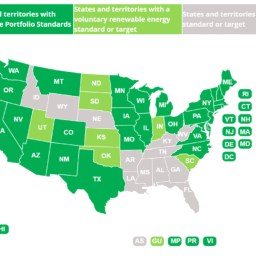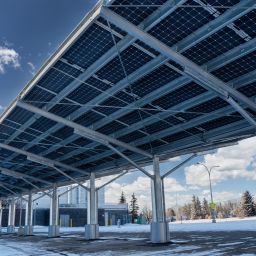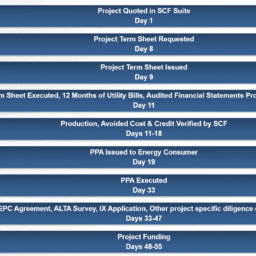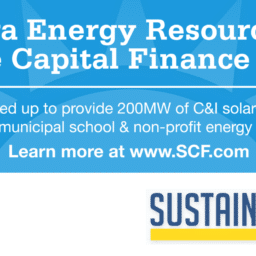Last month, the long winded debate regarding the Investment Tax Credit (ITC) step-down was put to rest. Under the revised legislation, the credit will stay at 30%, and will be extended 5 years with the credit set to scale down to 26% in 2020, 22% in 2021, and then finally settling at 10% for commercial projects and 0% for residential by the end of 2022. With the extension in place, it is predicted that there will be an additional 225,000 solar jobs by 2020: this is nearly double the number of currently-existing solar jobs. (Source SEIA)
What does this mean for the solar industry as a whole? According to research conducted by SEIA and Greentech Media, the credit is projected to spur a 54% increase in total installations through 2020, which translates to roughly 20 GW of solar deployed annually. The commercial sector similarly predicted to increase by 51%. (Source GTM)
How will the credit specifically affect the Commercial and Industrial (C&I) sector? With lowered costs and less of a scramble towards the end of 2016, we will see a gradual increase in installs instead of a huge burst in Q4 of 2016. This is great news for the industry, but more importantly for the C&I sector, as this untapped market should begin to flourish in the wake of this extension.
Oftentimes, C&I projects require more time, coordination, and expertise to take projects to NTP. This extension will provide time for more project planning without a restrictive time frame, and will also allow for industry investors and developers to fully realize the sector’s growth potential.
SCF has standardized the underwriting process for commercial off-takers with the implementation of software tools and standardized ratings. This has mitigated many of the former risks associated with C&I, making the sector more attractive for investors.
While residential solar has always been on the forefront of solar installs, the C&I space will now be able to streamline efficiencies within businesses models, and work on lowering production costs and fees associated with commercial solar. This makes this sector more financially feasible for large-scale customers, a market that up to this point has been largely untapped.










